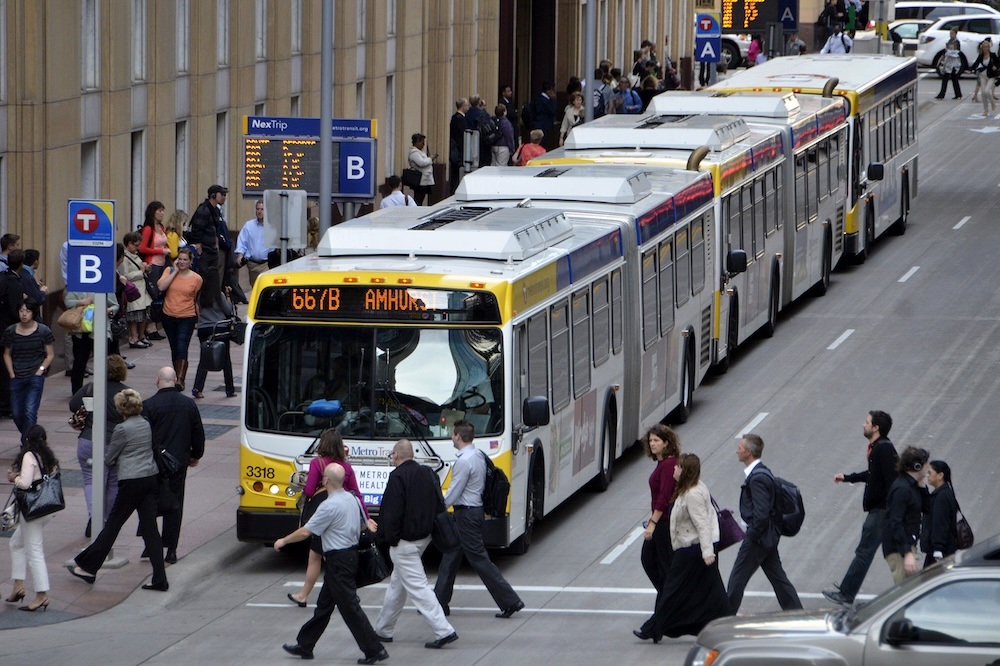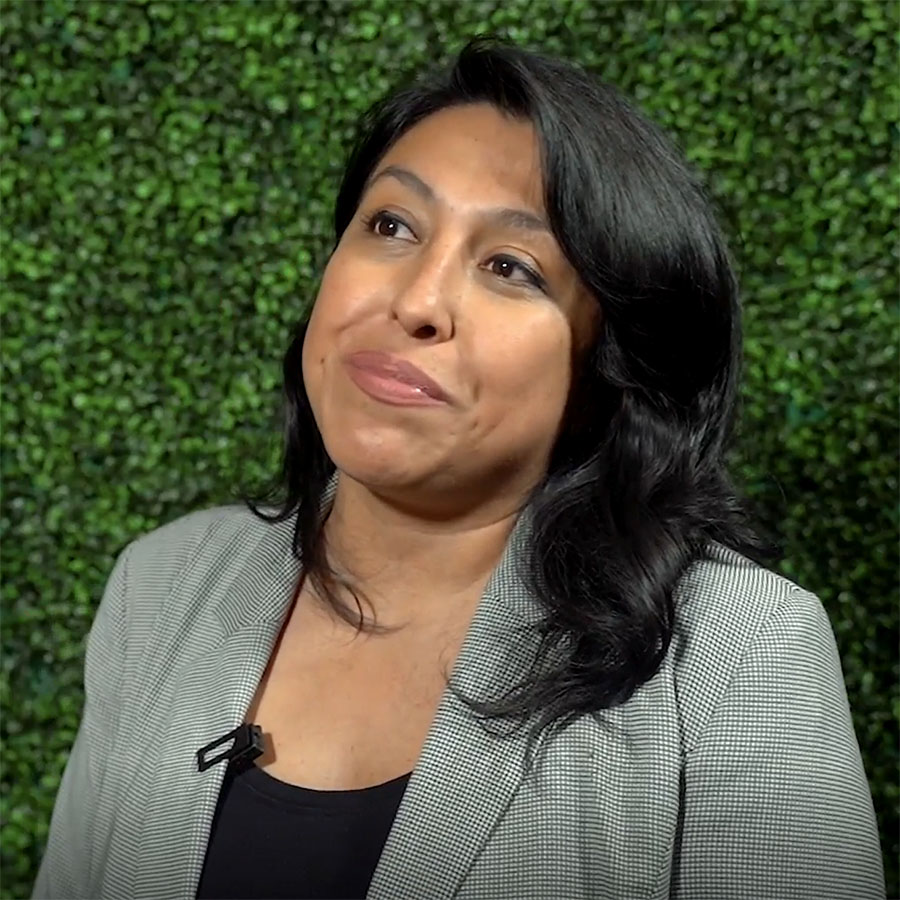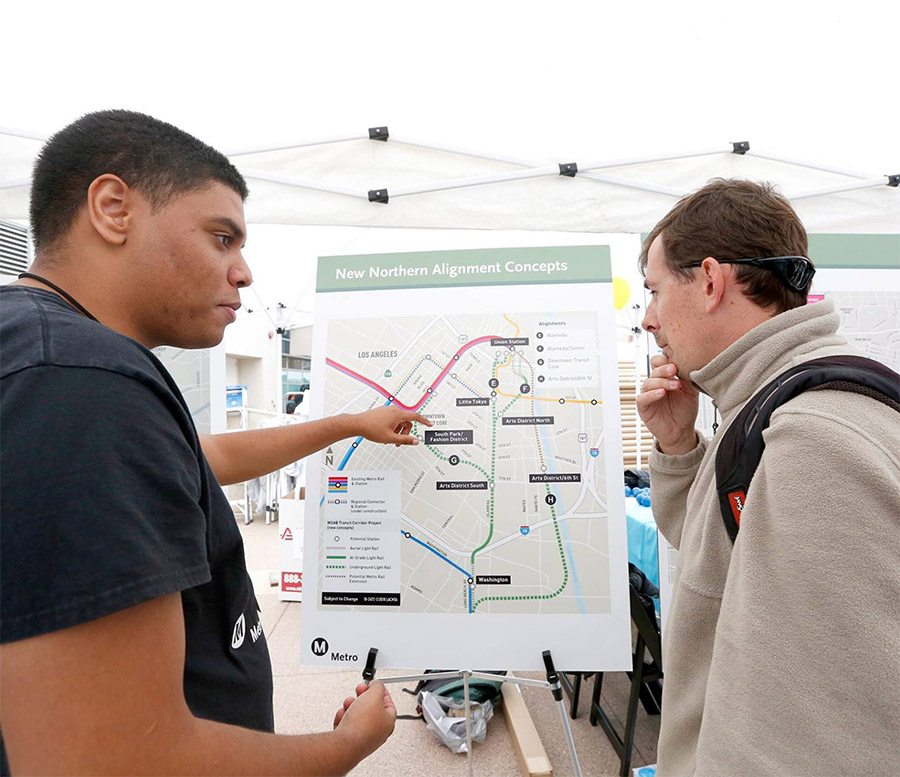
The United States spends more than $200 billion annually on transportation system operations, maintenance, and capital projects. Could feedback from people who live and help lead community-based organizations in the places where those funds are being spent help ensure better investment and funding decisions? We think the answer is yes.
This compensation isn't just about fairness. Staff at Center for Neighborhood Technology with input from partners like NRDC, National Association of City Transportation Officials (NACTO) and others have been exploring why it's about recognizing and valuing community expertise in ways that transform how we make transportation decisions.
A lot has changed since we and others raised this issue. Here’s a quick update on lessons learned through our own practices and work to compensate CBOs via the Transportation Equity Network that we convened and continue to help facilitate.
We’ve been learning more about and advocating for changes around more compensation for community-based organizations for several years:
- Earlier in 2024 we co-released Equity in Practice: Strengthening Transit Through Community Practices with TransitCenter, LA Metro, and six LA-based community organizations.
- In 2022 we wrote about how we convened the Transportation Equity Network of community-based organizations in Chicago and beyond in order to, in part, facilitate closer connections between the groups and area transit agencies.
Here’s a bit of background and some of our recent findings.
Beyond Volunteer Work: The Case for Compensation
The reality is, not everyone can afford to be a volunteer. Community-based organizations may struggle to participate in transportation decision-making processes that require attendance at multiple meetings and significant time investment. Without compensation, organizations must choose between serving their communities and participating in crucial planning processes that affect those same communities.
A 2023 blog post by River Network’s Campbell Simmons highlights challenges like proposal and reporting processes. Simmons cites a report that “federal grant applications often take at minimum 120 hours of staff time, as opposed to 30-50 hours for private or local grant programs.” Local match requirements are another difficulty Simmons cites.
Another source is a 2023 National Association of City Transportation Officials (NACTO) survey of public agencies. Survey size was relatively small—21 responses from 17 jurisdictions including transportation departments from 13 cities and 1 state as well as 3 transit authorities—but suggestive of certain trends.
For example, the National Association of City Transportation Officials survey found, “16 of 21 respondents said there was no ‘written policy or formal commitment to collaborating with CBOs’ and that these collaborations were Ad-hoc/Project Based” with a desire to find more systematic ways to both identify and collaborate with community partners.
Transforming Systems, Not Just Transactions
“A lot of the time, transportation decisions harm communities because agencies aren't considering the experiences of folks who live in those neighborhoods," says Center for Neighborhood Technology’s Julia Hage, Transportation Associate and coordinator of our Transportation Equity Network. "It's important to see CBOs as equals in terms of the knowledge that they hold in that area."
The origins of the Transportation Equity Network (TEN) come from discussions following the mayoral election of Lori Lightfoot in 2019. Lightfoot expressed a commitment to equity in the Chicago government.
Due to our work with communities, our staff members knew of numerous local groups whose constituents had transportation issues even though the groups did not necessarily focus on transportation-focused projects. We saw an opportunity to bring them into the transportation decision-making process.
This coalition of groups helped to advocate for the Connected Communities ordinance in Chicago, which in turn paved the way for equitable transit-oriented development projects in under-invested communities citywide. It also has become a forum for relationship building.
“Not every organization in the Transportation Equity Network is able to be compensated for work on transportation issues,” Hage says. But for groups that want to focus on transportation, the Network can be a good way to build relationships that help them to access funding.
Hage notes that many community groups participating in the STELLAR neighborhood electrification outreach program (which we also coordinate with American Lung Association of Metro Chicago and others), learned about the opportunity through relationships built through the Transportation Equity Network.
She adds that Center for Neighborhood Technology plays an intermediary role with these groups, helping to facilitate CBO compensation. But a long-term goal is more direct government engagement with community-based organization leaders as valued consultants.
This isn't just about money—it's about power. While public participation is legally required under federal legislation like Intermodal Surface Transportation Efficiency Act (ISTEA) and National Environmental Policy Act (NEPA) requirements, we're still treating community input as voluntary work—even as paid consultants sit at the same table.





 Strengthening Transit Through Community Partnerships
Strengthening Transit Through Community Partnerships